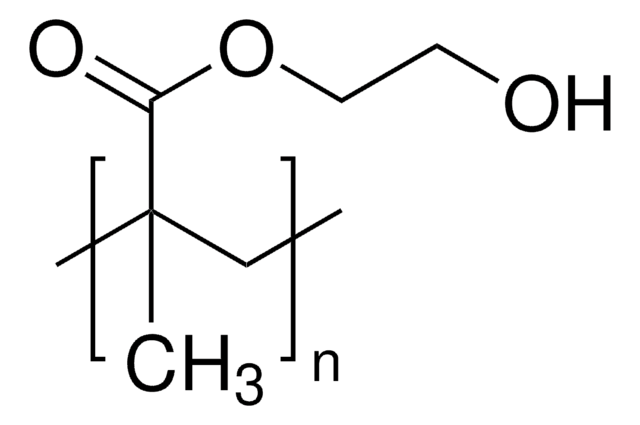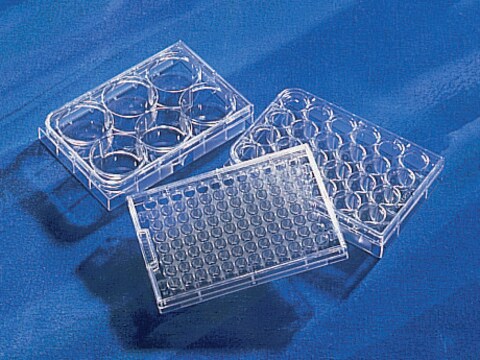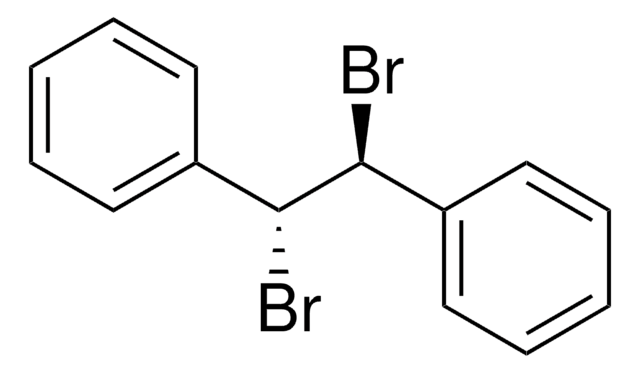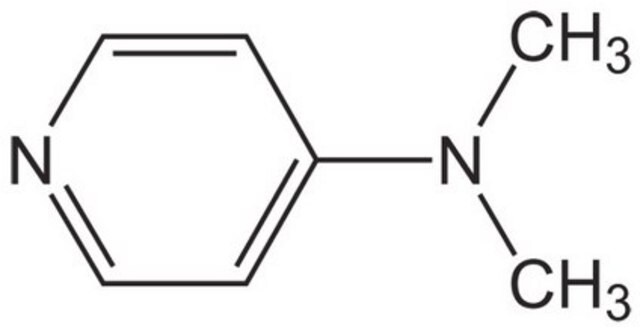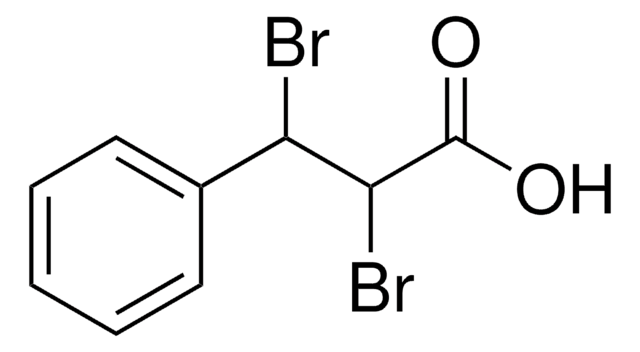MABS2282
Anti-SIRPA Antibody, clone MY-1
Sinonimo/i:
Tyrosine-protein phosphatase non-receptor type substrate 1;SHP substrate 1;SHPS-1;Brain Ig-like molecule with tyrosine-based activation motifs;Bit;CD172 antigen-like family member A;Inhibitory receptor SHPS-1;MyD-1 antigen;Signal-regulatory protein alpha-
About This Item
Prodotti consigliati
Origine biologica
rat
Livello qualitativo
Coniugato
unconjugated
Forma dell’anticorpo
purified antibody
Tipo di anticorpo
primary antibodies
Clone
MY-1, monoclonal
PM
calculated mol wt 56.14 kDa
observed mol wt ~95 kDa
Purificato mediante
using protein G
Reattività contro le specie
mouse
Confezionamento
antibody small pack of 100 μL
tecniche
flow cytometry: suitable
immunofluorescence: suitable
immunoprecipitation (IP): suitable
inhibition assay: suitable
western blot: suitable
Isotipo
IgG2aκ
Sequenza dell’epitopo
Unknown
N° accesso ID proteina
N° accesso UniProt
Condizioni di spedizione
dry ice
modifica post-traduzionali bersaglio
unmodified
Informazioni sul gene
mouse ... Sirpa(19261)
Descrizione generale
Specificità
Immunogeno
Applicazioni
Evaluated by Western Blotting in Mouse brain tissue extracts.
Western Blotting Analysis: A 1:500 dilution of this antibody detected SIRPA in Mouse brain tissue extracts.
Tested applications
Flow Cytometry Analysis: A representative lot detected SIRPA in Flow Cytometry applications (Verjan Garcia, N., et al. (2011). J Immunol. 187(5):2268-77; Yanagita, T., et al. (2017). JCI Insight. 2(1); e89140).
Immunofluorescence Analysis: A representative lot detected SIRPA in Immunofluorescence applications (Verjan Garcia, N., et al. (2011). J Immunol.;187(5):2268-77; Yanagita, T., et al. (2017). JCI Insight. 2(1):e89140).
Inhibition Assay: A representative lot inhibited the growth of subcutaneously transplanted cancer cells in murine models. (Yanagita, T., et al. (2017). JCI Insight.;2(1):e89140; Sakamoto, M., et al. (2022). Proc Natl Acad Sci USA.;119(1)e2109923118).
Immunoprecipitation Analysis: A representative lot immunoprecipitated SIRPA in Immunoprecipitation applications (Verjan Garcia, N., et al. (2011). J Immunol. 187(5):2268-77; Yanagita, T., et al. (2017). JCI Insight. 2(1):e89140).
Western Blotting Analysis: A representative lot detected SIRPA in Western Blotting applications (Verjan Garcia, N., et al. (2011). J Immunol. 187(5):2268-77; Yanagita, T., et al. (2017). JCI Insight. 2(1):e89140).
Note: Actual optimal working dilutions must be determined by end user as specimens, and experimental conditions may vary with the end user
Stato fisico
Stoccaggio e stabilità
Altre note
Esclusione di responsabilità
Non trovi il prodotto giusto?
Prova il nostro Motore di ricerca dei prodotti.
Codice della classe di stoccaggio
12 - Non Combustible Liquids
Classe di pericolosità dell'acqua (WGK)
WGK 2
Punto d’infiammabilità (°F)
Not applicable
Punto d’infiammabilità (°C)
Not applicable
Certificati d'analisi (COA)
Cerca il Certificati d'analisi (COA) digitando il numero di lotto/batch corrispondente. I numeri di lotto o di batch sono stampati sull'etichetta dei prodotti dopo la parola ‘Lotto’ o ‘Batch’.
Possiedi già questo prodotto?
I documenti relativi ai prodotti acquistati recentemente sono disponibili nell’Archivio dei documenti.
Il team dei nostri ricercatori vanta grande esperienza in tutte le aree della ricerca quali Life Science, scienza dei materiali, sintesi chimica, cromatografia, discipline analitiche, ecc..
Contatta l'Assistenza Tecnica.